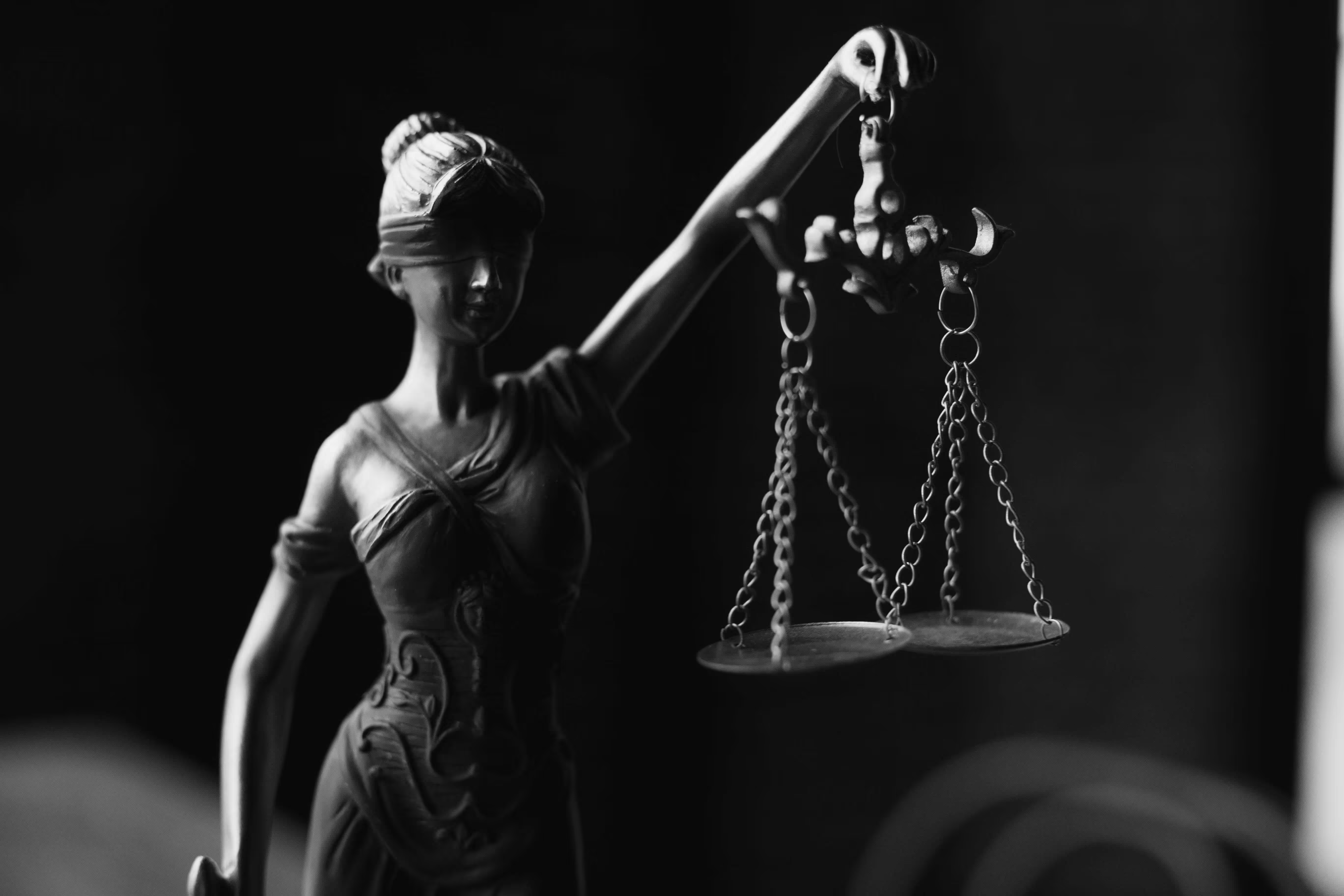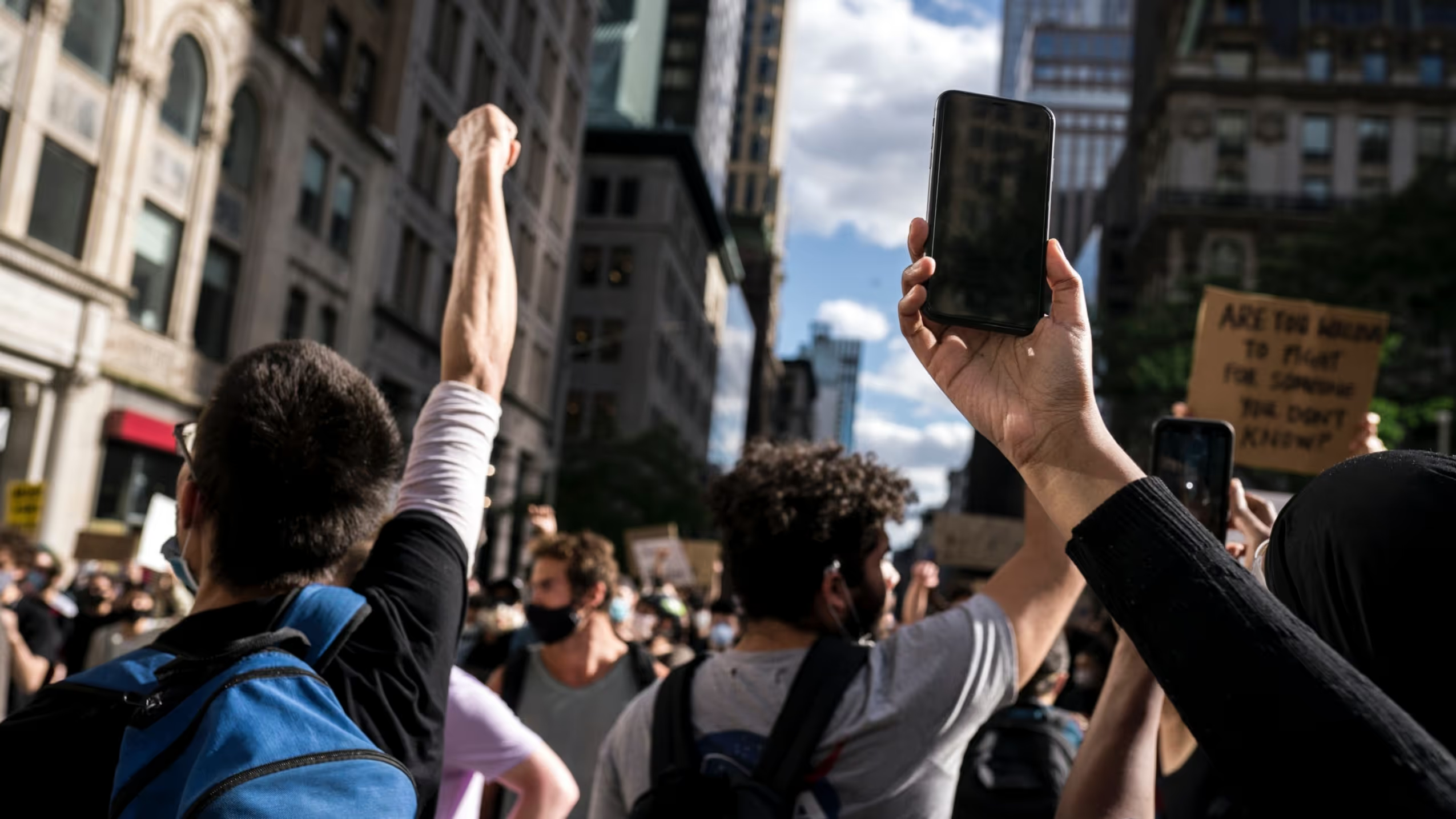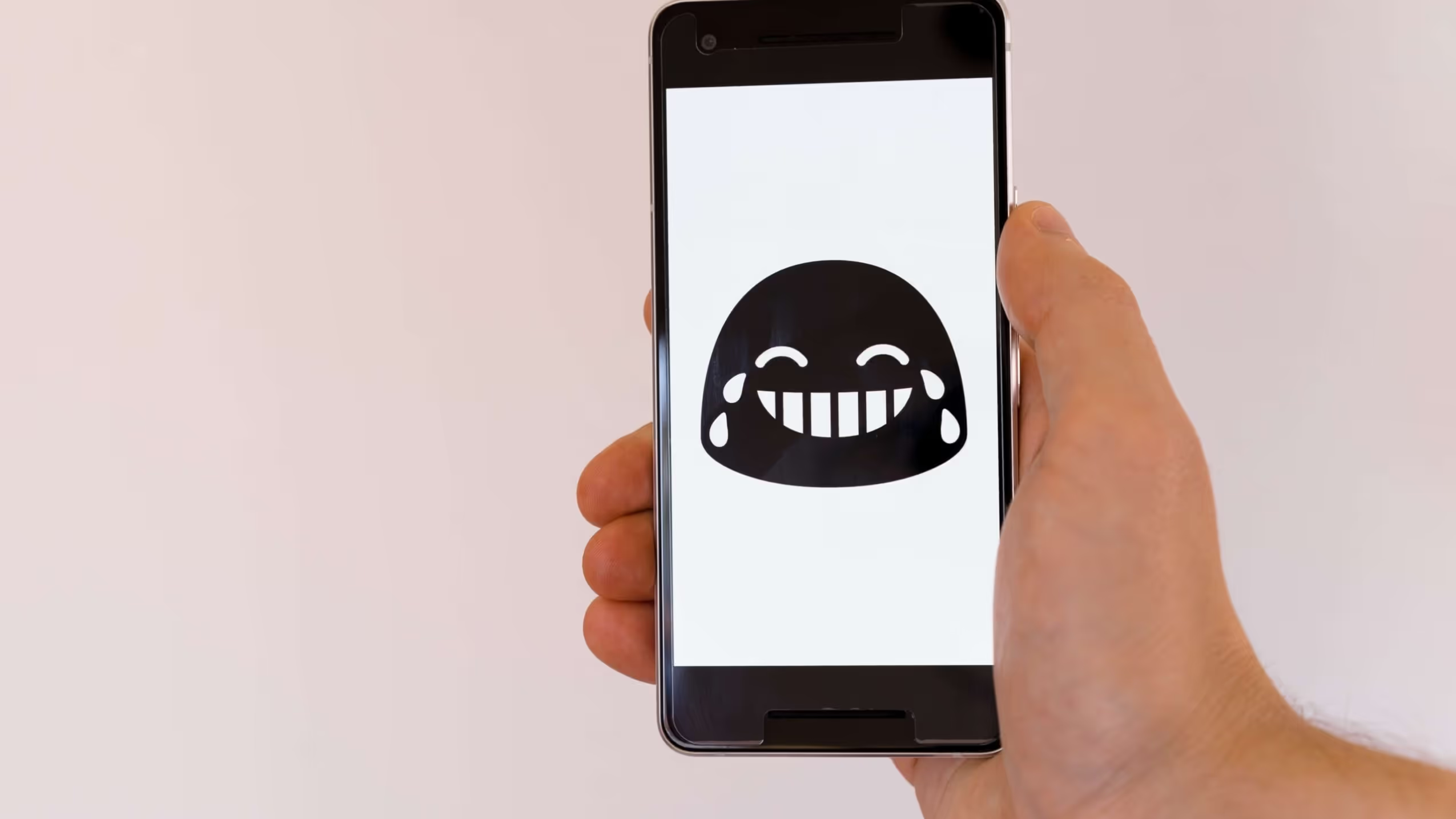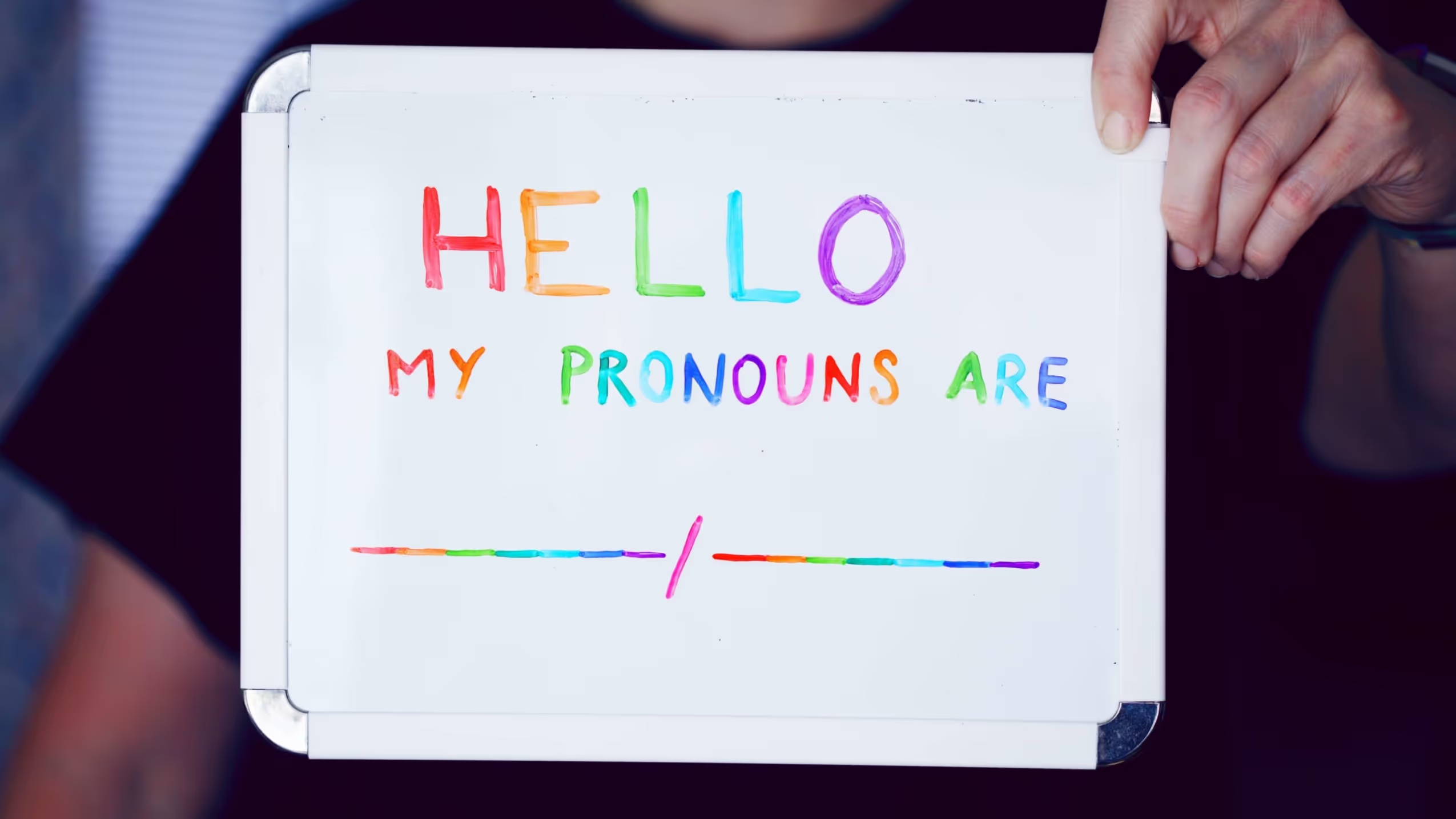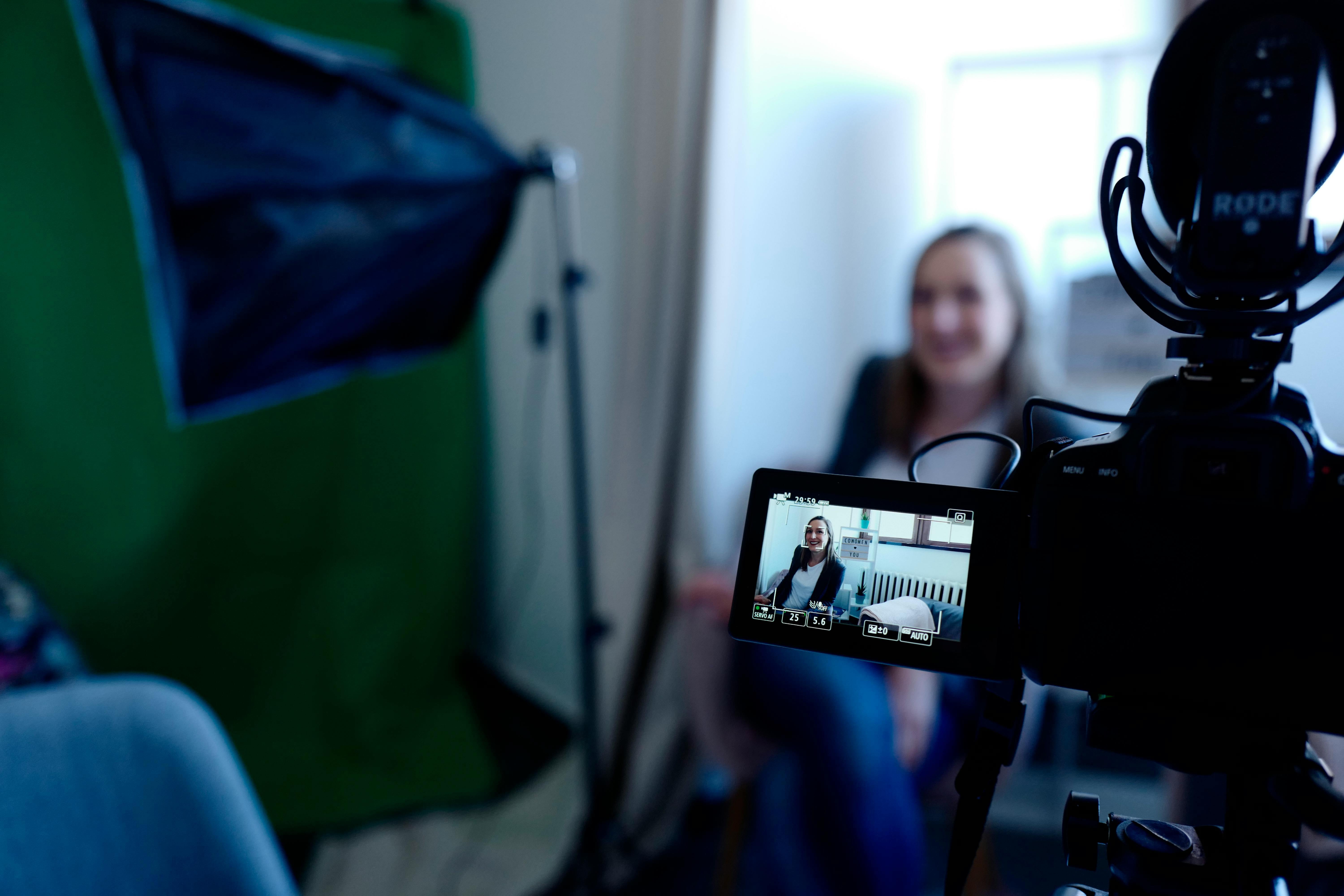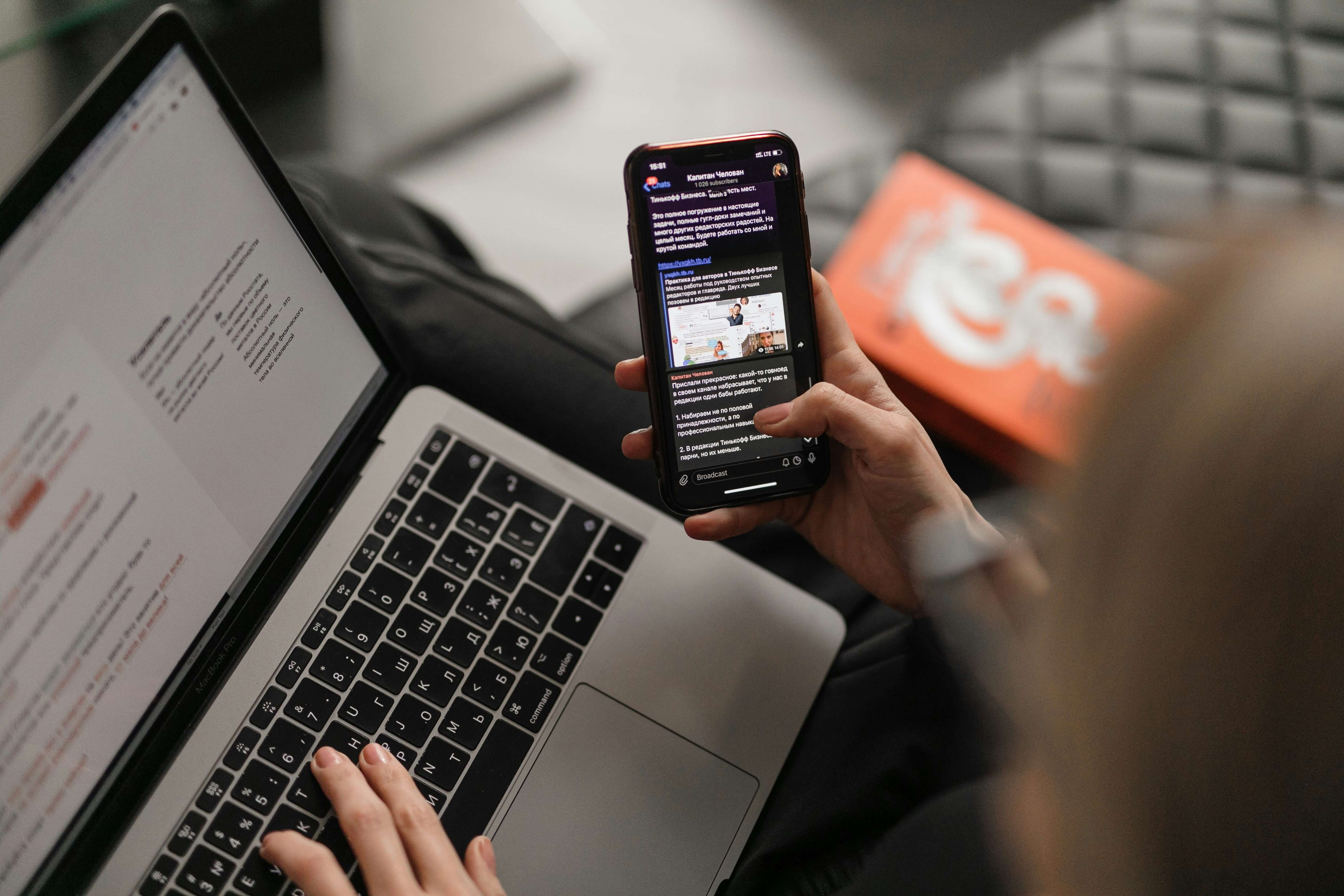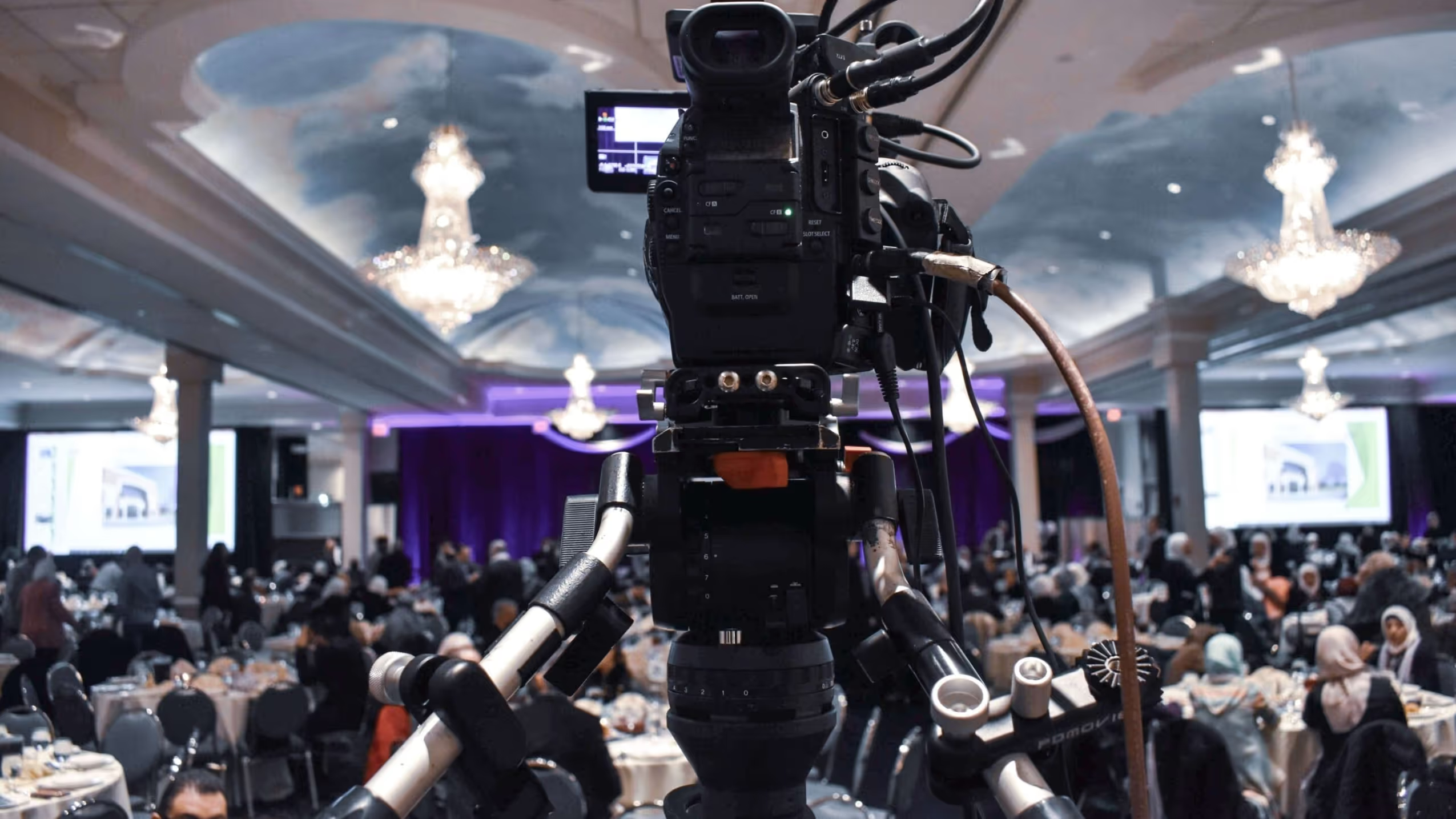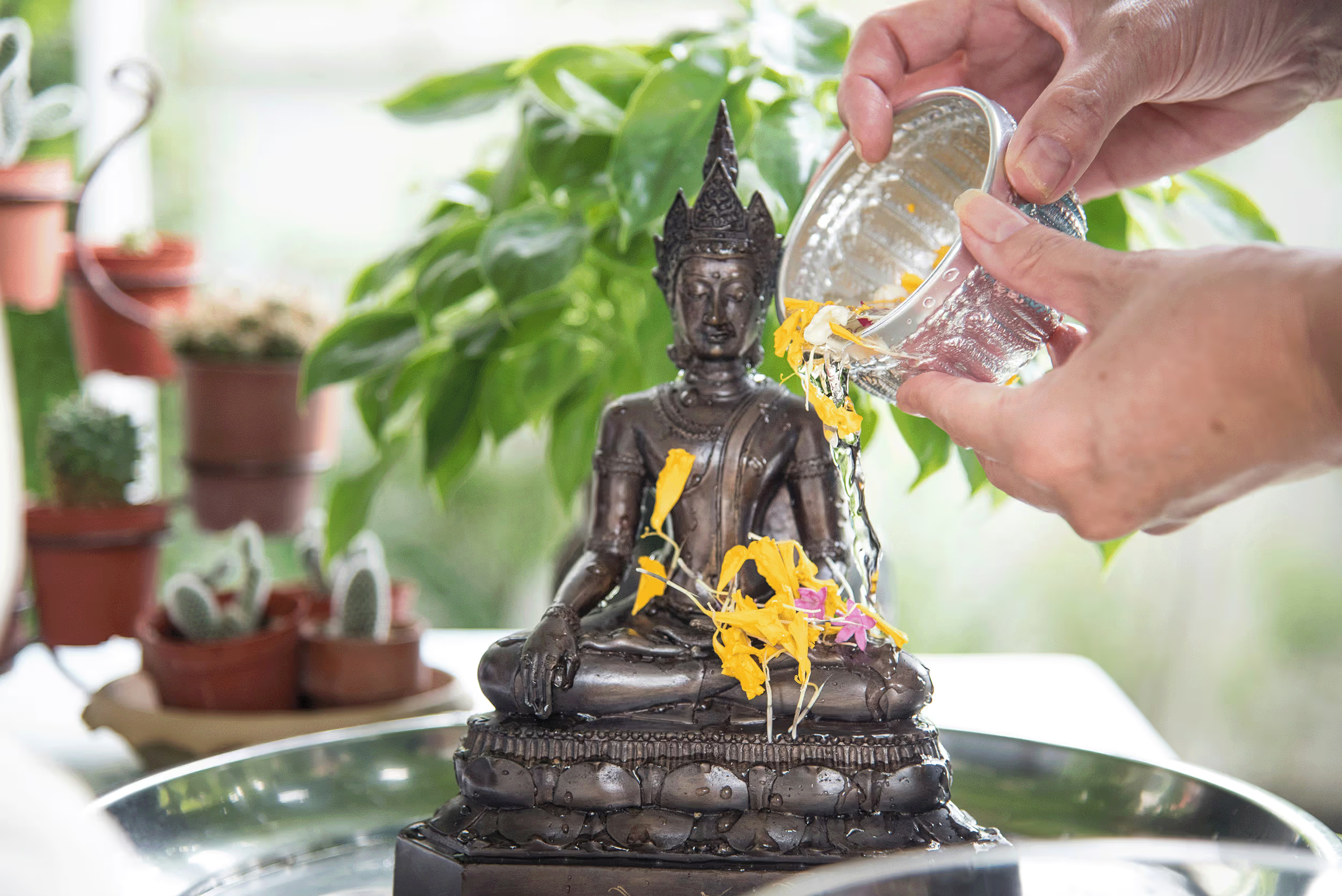Media training: How founders and spokespersons can excel in media interviews
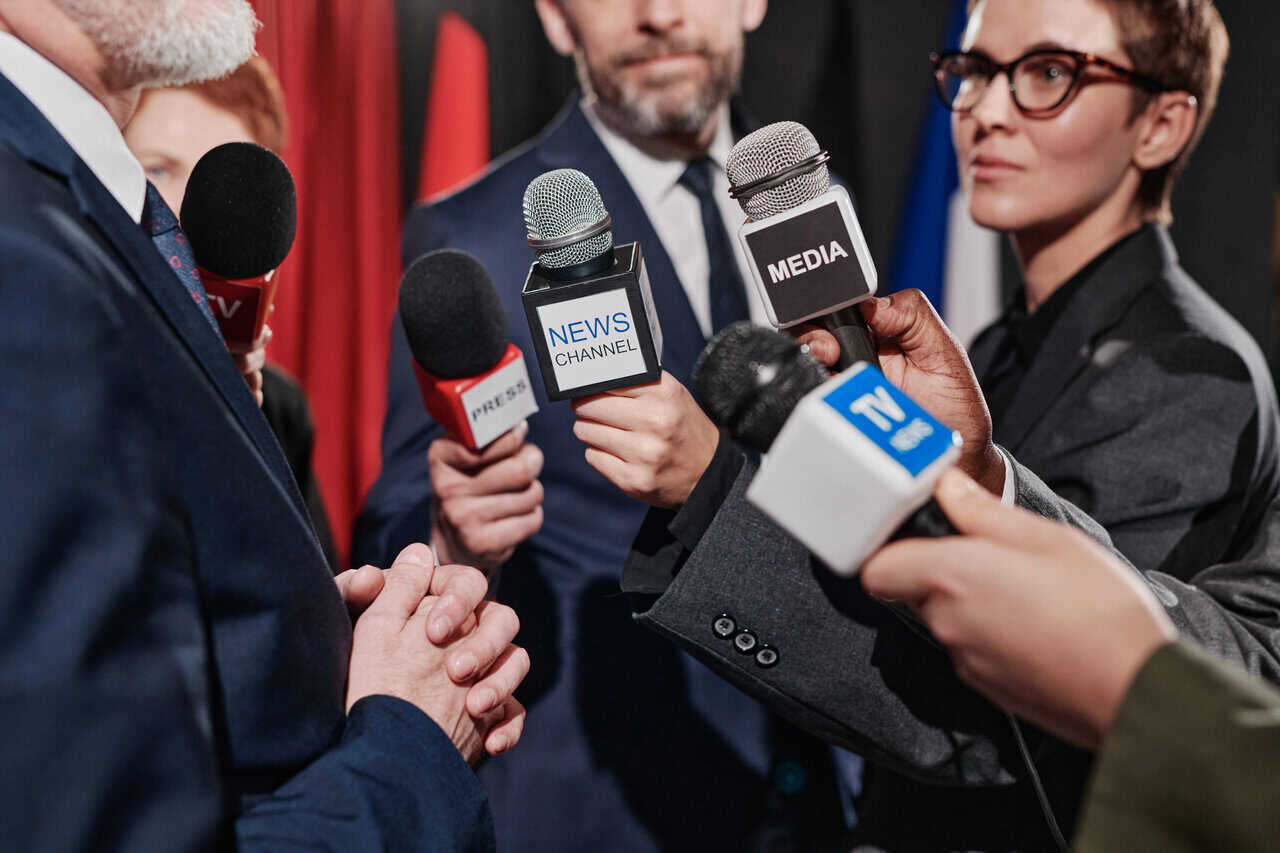
You've built something remarkable. Your company is growing, gaining traction, and finally attracting media attention. Then comes the e-mail: a journalist from a major publication wants to interview you. Exciting, right? Well…it’s also potentially terrifying!
For many founders and executives, media interviews represent unfamiliar territory. You know your business intimately, but translating that knowledge into compelling, quotable soundbites under the pressure of a journalist's questioning is an entirely different skill set. And in a diverse media landscape—spanning traditional business press, digital-native outlets, broadcast media, and influential podcasters—the stakes are high.
The good news? You can learn to navigate these media interviews. With proper media training tips and practice, anyone can become an effective, confident spokesperson for their brand.
Why Media Training Matters (...More Than You Think)
It's tempting to assume that subject matter expertise alone qualifies you to speak with the media. After all, no one knows your company better than you do. But media engagement requires more than knowledge. It demands translation, discipline, and strategic thinking.
- You're not just sharing information—you're shaping perception: Every quote, every answer, every moment of the interview contributes to how audiences understand your brand. Rambling responses, defensive reactions, or missed opportunities to reinforce key messages can undermine months of careful brand building.
- Journalists have specific needs and constraints: They have deadlines, target specific audiences, and follow editorial guidelines. Understanding how they work and how to make their jobs easier while serving your objectives dramatically improves coverage quality.
- One bad interview can cause lasting damage: In our digital age, quotes live forever. Screenshots can circulate beyond social media. Awkward moments become memes. A single poorly handled interview can create reputation issues that take years to overcome.
Conversely, skilled spokespersons turn media opportunities into powerful tools for building their brand. They control narratives, build credibility, and create memorable moments that resonate far beyond initial publication.
This is why media training in Singapore has become essential for founders, executives, and designated spokespersons.
The Core Principles: What Makes Spokespersons Effective
Before diving into tactical techniques, let’s understand the fundamental principles that separate compelling spokespersons from forgettable ones:
Clarity Over Cleverness
Anyone who’s taken a digital media course in Singapore will tell you that the best media answers are simple, direct, and jargon-free. Don’t try to prove your knowledge with complicated terms. Journalists—and their audiences—value clarity above all else.
If you think a fifth grader wouldn’t understand your answer, simplify it.
Message Discipline
Every interview should advance 2-3 core messages about your brand. These aren't scripts to recite verbatim, but strategic themes you reinforce through multiple answers. Strong spokespersons bridge from whatever question they're asked back to their key messages.
Authenticity Beats Perfection
Audiences can sense rehearsed, robotic responses. The goal isn't to sound polished to the point of artificiality—it's to sound like a knowledgeable, thoughtful version of yourself. Some conversational elements, minor pauses, and natural speech patterns make you more relatable and credible.
Energy and Engagement
How you say something matters as much as what you say. Enthusiasm, conviction, and genuine engagement with questions make interviews memorable. Even when discussing complex or serious topics, vocal energy and body language (in video or in-person settings) communicate confidence and credibility.
Essential Media Training Tips: Before, During, and After Interviews
Before: Preparation Is Everything
- Understand the outlet and the journalist. Research their previous work. What topics do they typically cover? What's their editorial stance? Who's their audience? This context helps you tailor messaging appropriately.
- Clarify the interview parameters. What's the story angle? Who else are they speaking with? What format will it take (phone, video, in-person)? How long will it last? What topics are in scope?
- Develop your key messages. What 2-3 points must you communicate regardless of specific questions asked? What supporting evidence, stories, or examples reinforce these messages?
- Anticipate difficult questions. What might they ask that you'd rather not address? How will you respond to sensitive topics, competitive questions, or challenges to your business model? Prepare honest, strategic responses rather than being caught off guard.
- Practice out loud. Mental rehearsal isn't enough. Practice answering questions verbally, ideally with someone role-playing as the journalist. Record yourself and review to identify verbal tics, filler words, or unclear explanations. At Mutant, this is a key part of our media training for founders and leaders. Our specialists step into the role of journalists: posing tough, real-world questions and coaching you to respond with confidence and clarity.
During: Executing with Confidence
- Bridge to your messages. When asked questions that don't naturally align with your key messages, use bridging techniques: "That's an interesting point, and what I'd add is..." / "Let me put that in context..." / "The real story here is..."
- Speak in soundbites. Journalists look for quotable moments—concise, compelling statements that work as pull quotes or headlines. Aim for 15-30 second answers when possible, particularly for your key messages.
- Refrain from saying "no comment." This phrase makes you sound defensive or guilty. If you genuinely can't answer something, explain why: "That's not something I can discuss due to [confidentiality/legal/competitive reasons], but what I can tell you is..."
- Stay calm under pressure. If asked aggressive or unexpected questions, pause briefly to compose your thoughts. It's perfectly acceptable to say, "That's a good question, let me think about how to best explain this." Rushed, defensive answers may create misunderstandings.
- Control what you can, release what you can't. You control your answers, body language, and tone. You don't control exactly what gets published or how you're quoted. Focus on the former.
After: Following Through and Learning
- Follow up promptly. If you promised to send additional information, data, or contacts, do so quickly. This builds your reputation as a reliable source for future coverage.
- Review the coverage objectively. When the piece is published, assess what worked and what didn't. Were your key messages included? How were you quoted? What would you do differently next time?
- Express appreciation. Thank the journalist for the opportunity, particularly if the coverage was fair and accurate. This relationship-building increases the likelihood of future positive coverage.
- Use the content strategically. Share positive coverage through your channels, with employees, and with stakeholders. Media placements shouldn't just build awareness—they should reinforce credibility across your ecosystem.
Regional Considerations: Media Training in Southeast Asia
Effective media engagement in SEA requires cultural awareness and market-specific considerations:
Language dynamics: Many regional interviews occur in English, but understanding local language media landscapes matters, particularly in Indonesia, Thailand, and Vietnam, where vernacular media dominate.
Hierarchical communication styles: Some cultures value more formal, hierarchical communication. Understanding when to adjust tone and approach improves rapport with regional journalists.
Sensitive topics: Political, religious, and cultural sensitivities vary dramatically across markets. What's acceptable discussion in Singapore might be problematic in other regional markets.
Digital and social integration: Many journalists are active on social media and incorporate social content into traditional reporting. Your online presence and social commentary may be referenced in interviews.
Crisis Interview Preparation
Handling media during crises requires additional skills beyond the standard media training tips:
- Speed without panic: Crises demand rapid response, but rushed interviews are not the answer. Prepare crisis response frameworks in advance to prevent misunderstandings between your message and the media.
- Empathy first: In crisis contexts, lead with acknowledgement and empathy before explaining actions or defending positions.
- Stick to facts: Avoid speculation, blame-shifting, or promises you can't keep. Facts, accountability, and planned actions are your core tools.
- Know when not to engage: In special cases, silence or brief written statements are more effective than interviews. Assess each opportunity strategically.
Building Long-Term Media Confidence
Media training isn't a one-time event. The best spokespersons continuously refine their skills through:
- Regular practice sessions and role-playing scenarios
- Reviewing their own past interviews critically
- Studying effective spokespersons in their industry
- Staying current on the media landscape evolution
- Building genuine relationships with journalists outside interview contexts
Many executives complement foundational training with specialised programmes. For instance, a digital media course in Singapore can provide additional skills for handling podcasts, video interviews, and social media engagements that require different techniques than traditional press interviews.
Amplify Your Credibility
Companies with confident, articulate leaders who engage the media strategically build stronger brands, attract better talent, and navigate challenges more successfully than those who avoid the media or stumble through interviews.
The skills that make you an excellent founder, executive, or subject matter expert don't automatically translate to media effectiveness. However, with proper media training, practice, and strategic preparation, you can become a spokesperson who not only survives but excels in interviews.
The most powerful brands aren't just built through products and services. They're built through the stories people tell about them. And media interviews give you the platform to shape those stories.
Mutant offers comprehensive media training in Singapore and across Southeast Asia, preparing founders, executives, and spokespersons. Our training combines practical techniques with regional market insights to help your team excel in any media setting. Reach out to us at hello@mutant.com.sg to get started.
References
Baron, G. (2010). Now is too late 2: Survival in an era of instant news. Logos Consulting Group.
Howard, C. M., & Mathews, W. K. (2013). On deadline: Managing media relations (5th ed.). Waveland Press.
Waddington, S. (2015). Chartered PR: Lessons on public relations and communications. Kogan Page.












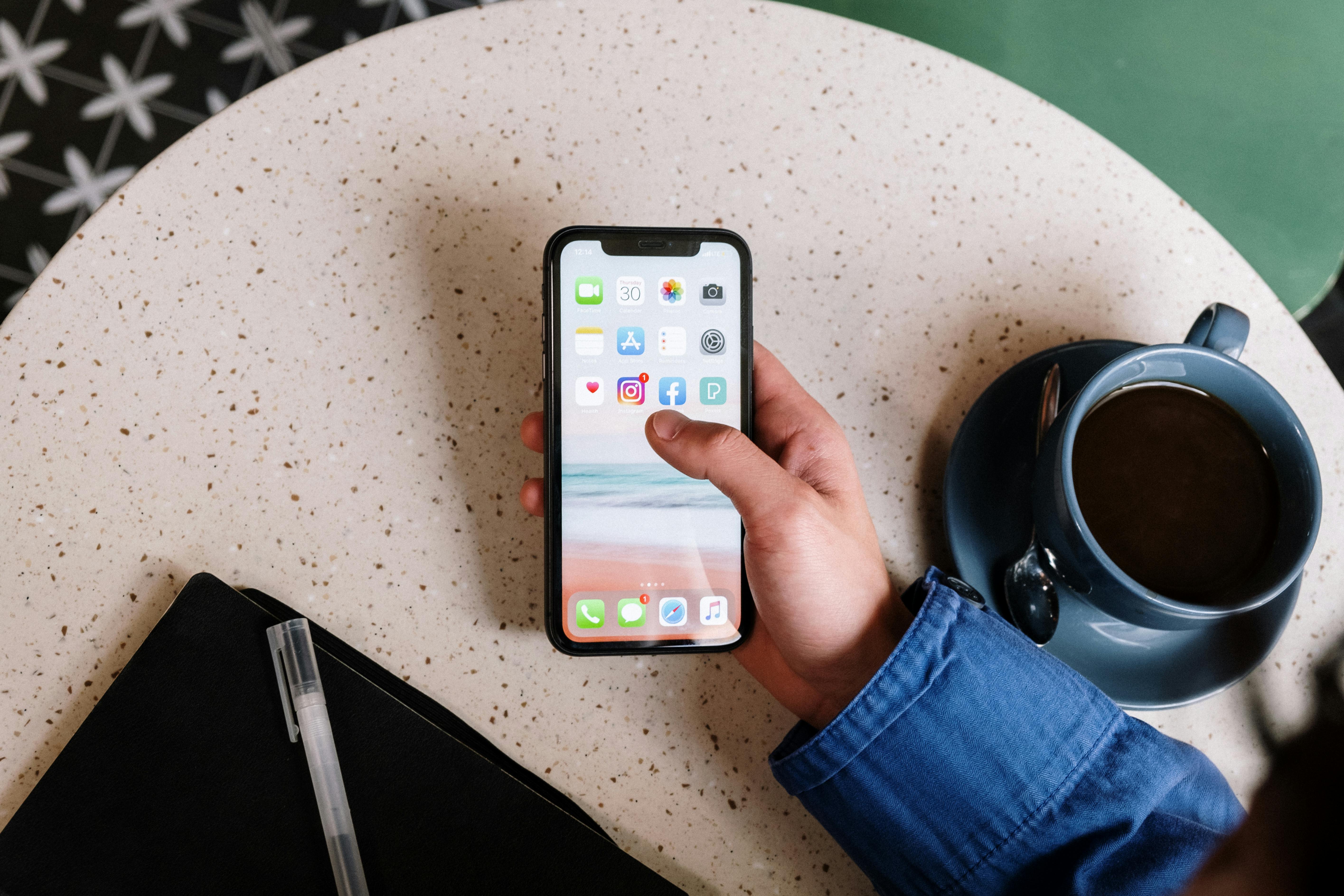
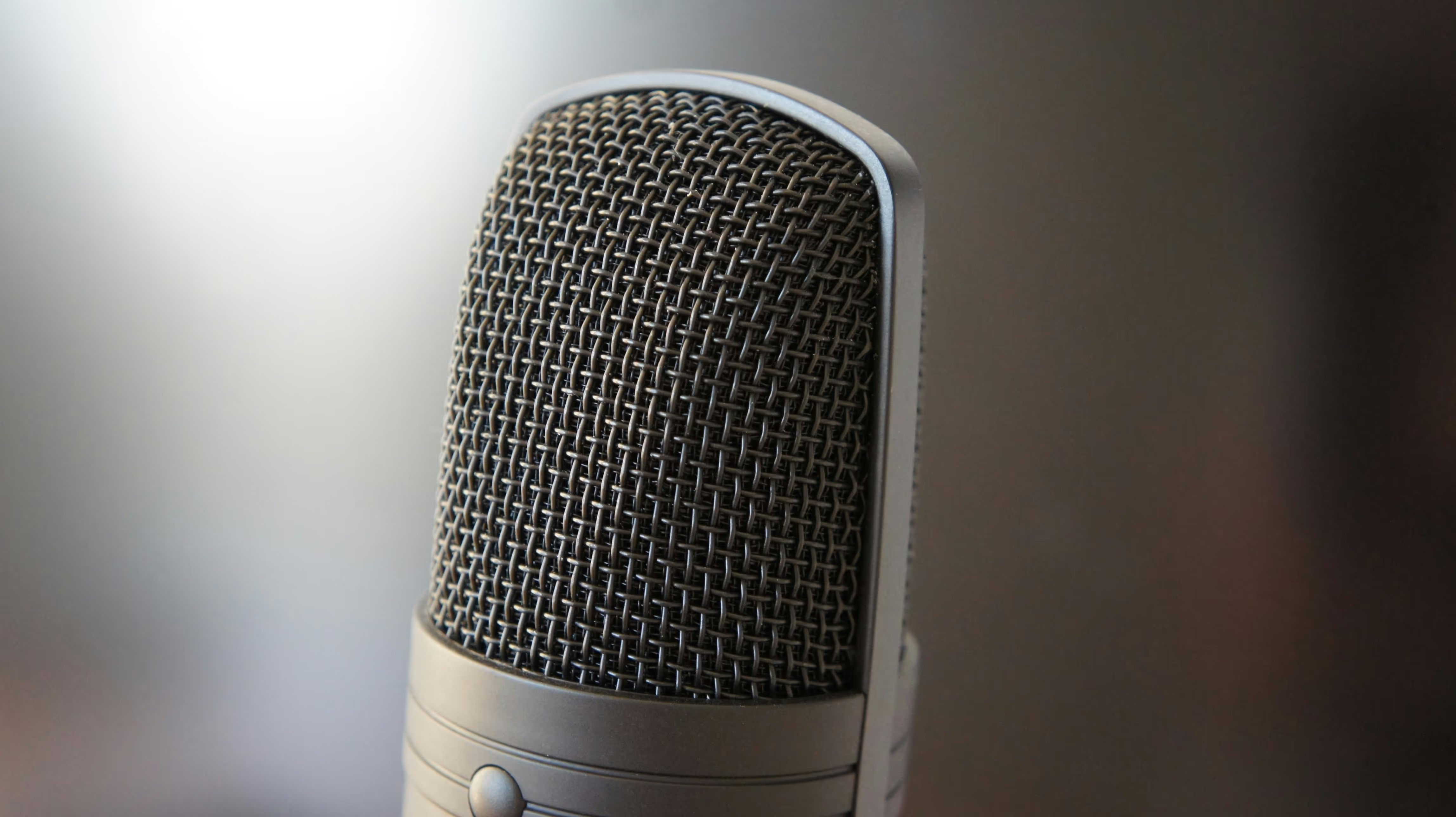
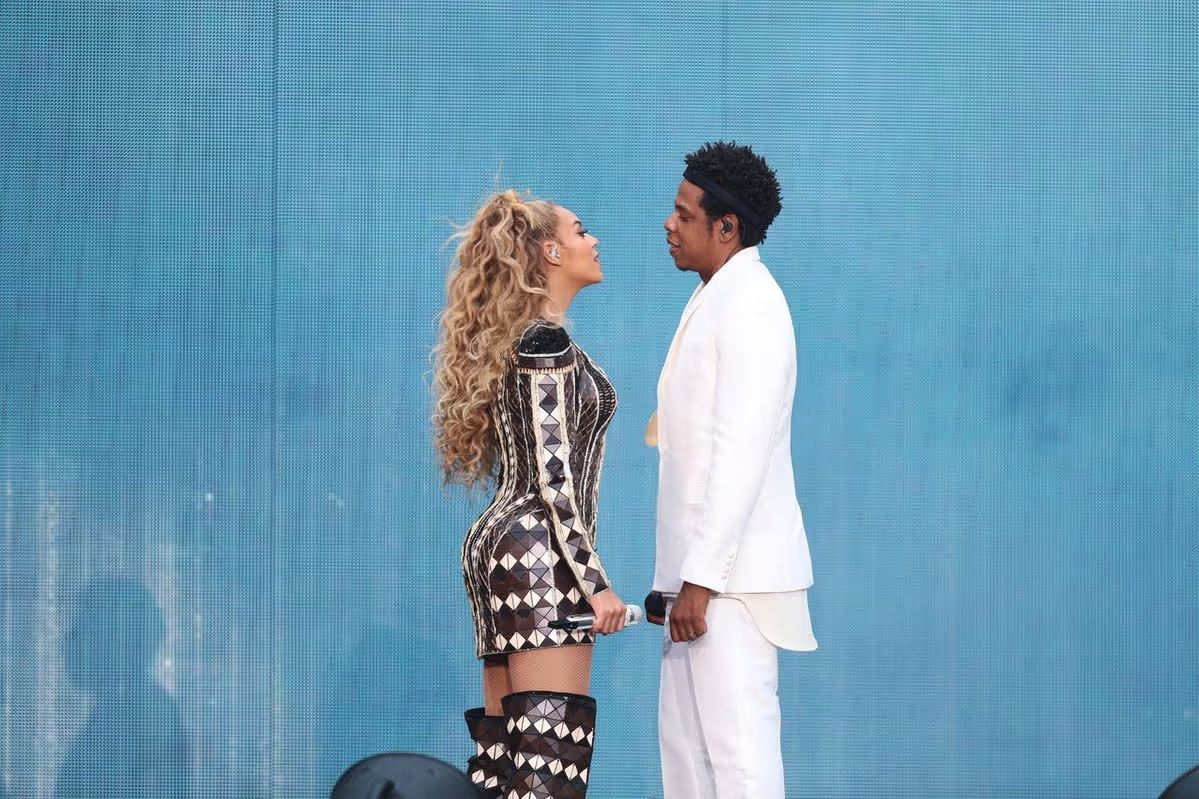

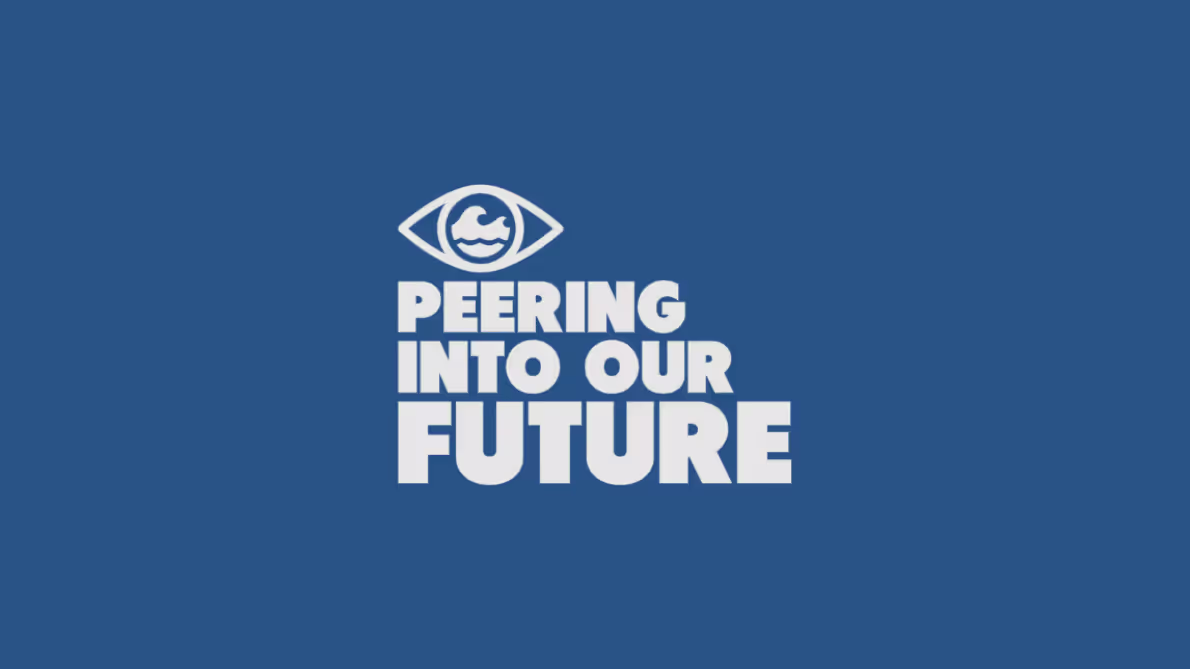



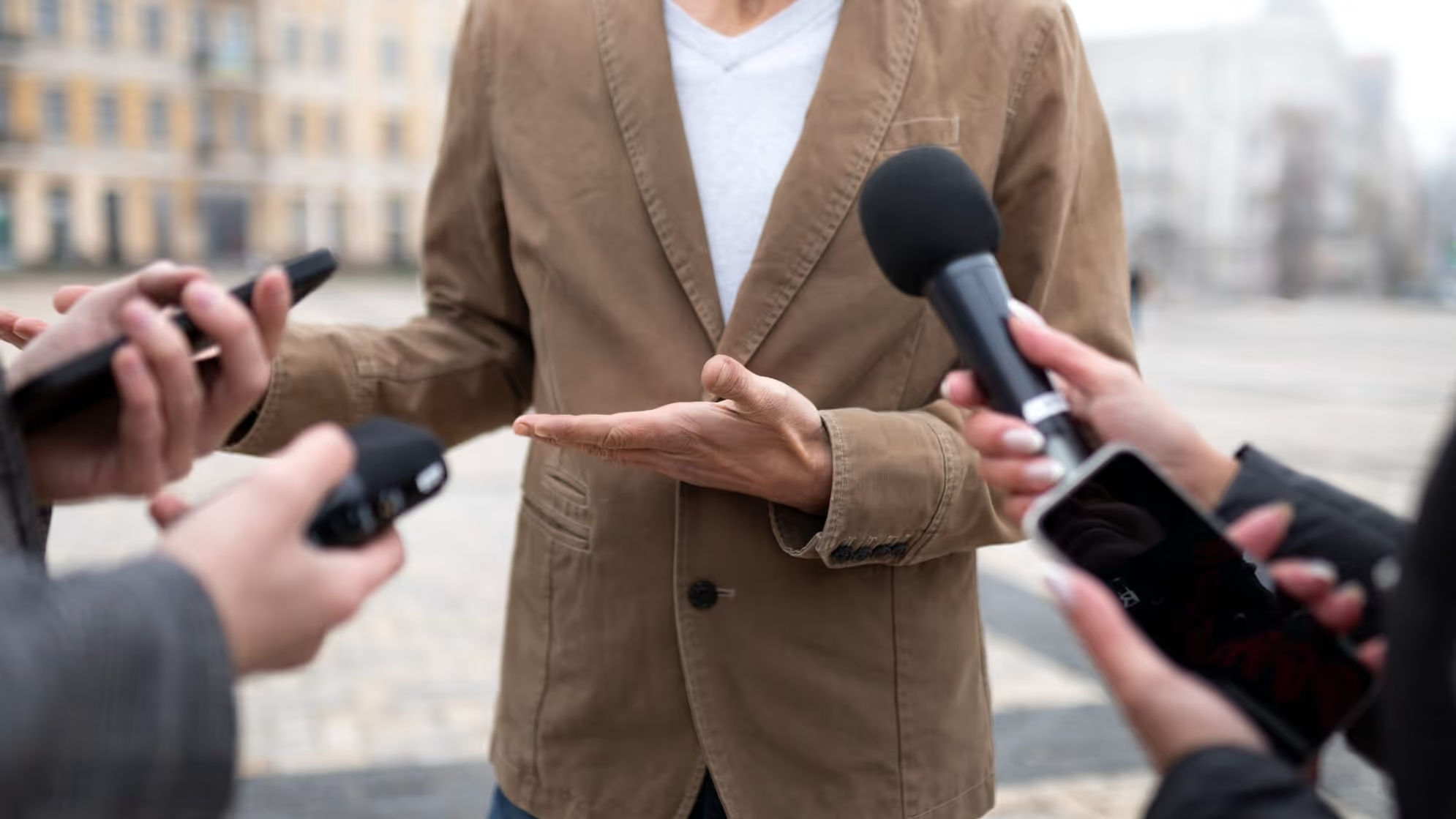













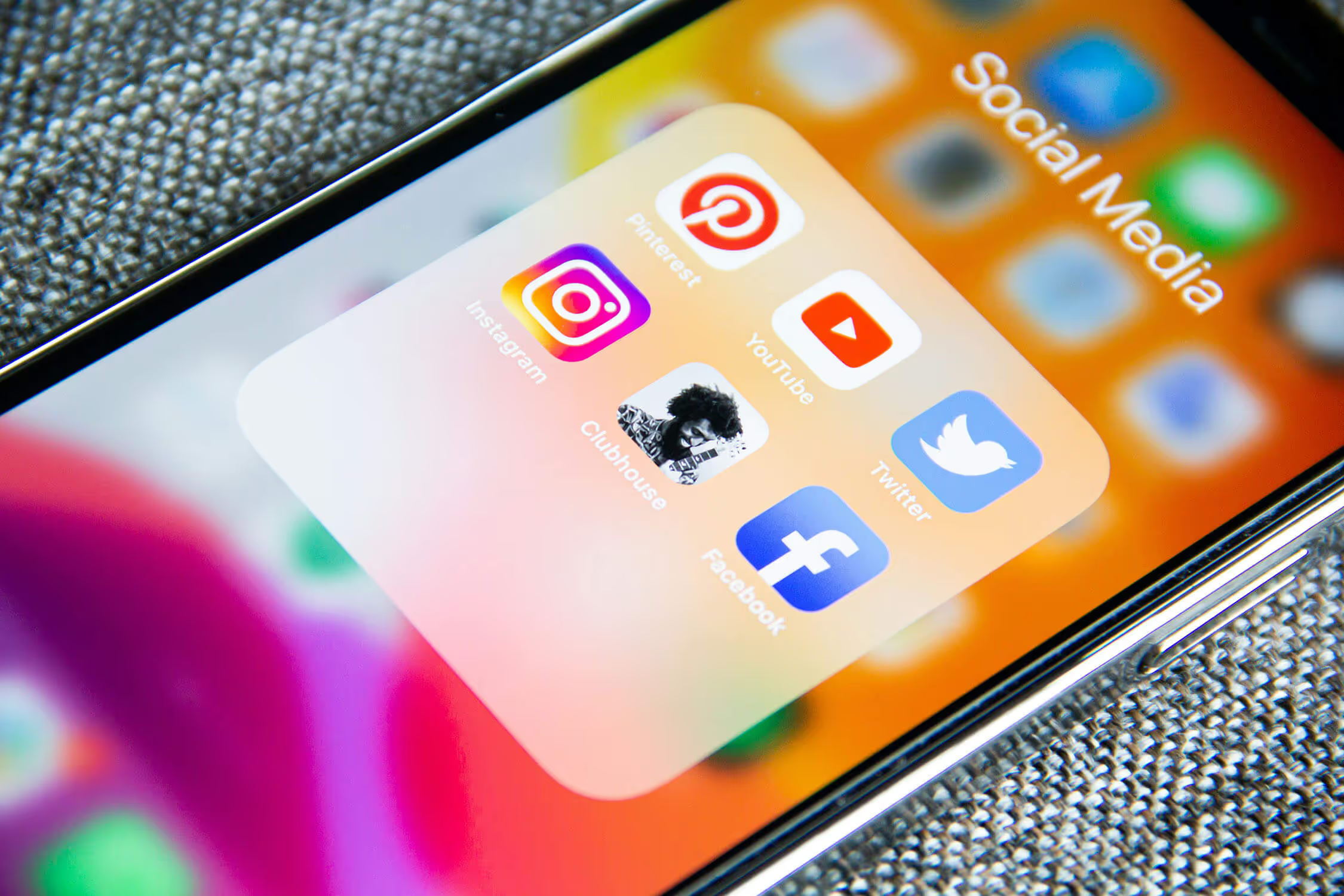

.avif)







.jpg)






.avif)




.jpg)







